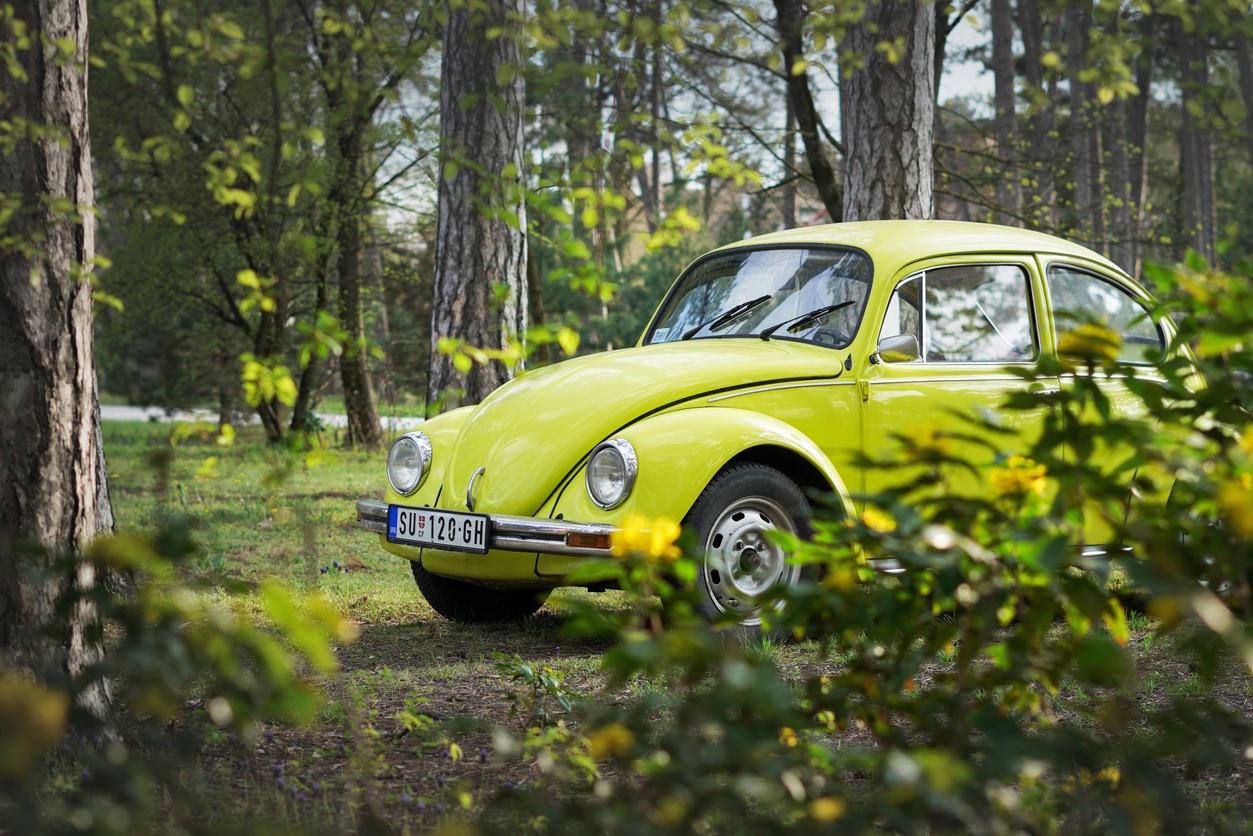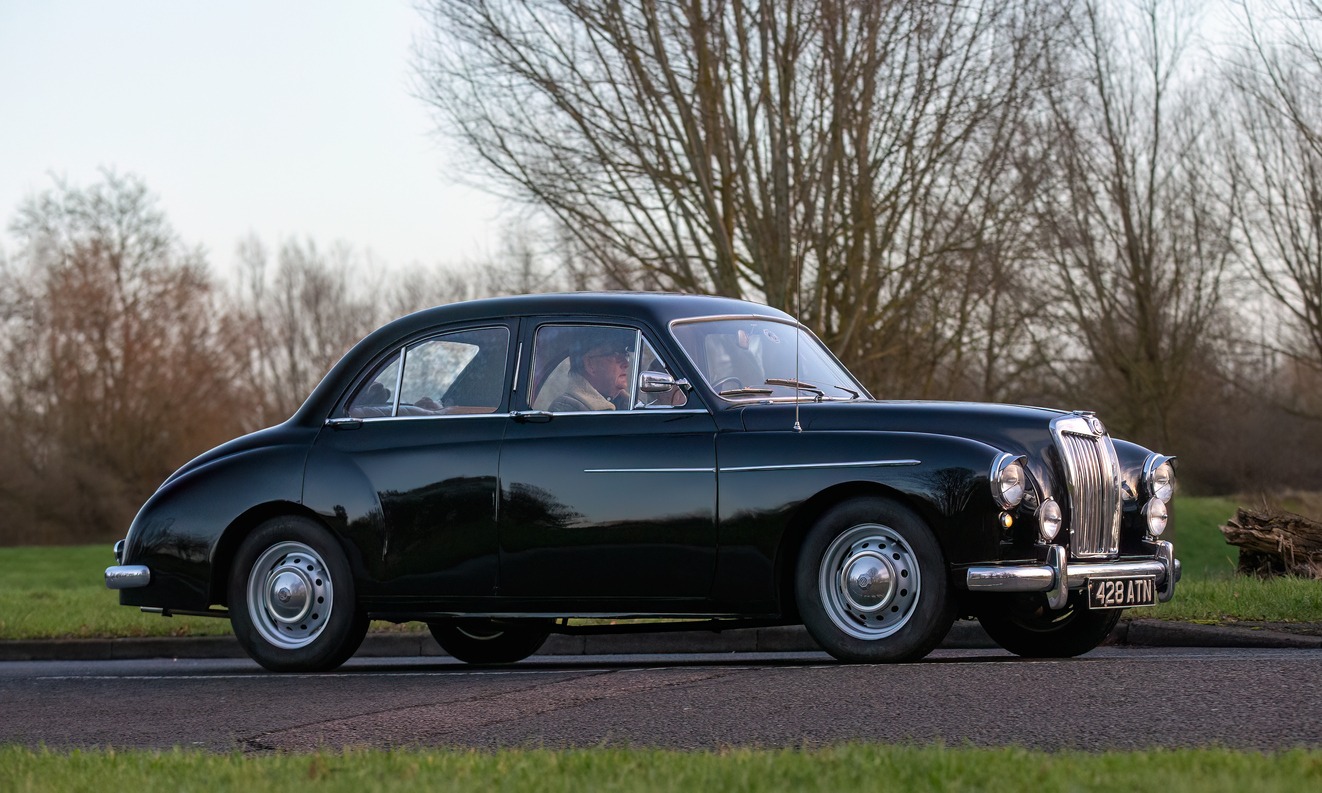Owning a classic car can sometimes feel like a bit of a tug-of-war with your green conscience. As much as you adore your beautiful classic car, they are less fuel-efficient and not up to par with emissions standards like modern cars. It can be difficult for classic car owners to balance their passion for these vehicles and their desire to be environment-friendly.
As a classic car owner, it’s important to think about the environmental impact of your hobby while also appreciating the joy of keeping a piece of automotive history alive. This is important to ensure the future of classic cars. Balancing these aspects isn’t always easy, but it’s definitely worth the effort.
In this article, learn if classic cars can be good for the environment and how to be more environmentally conscious as you use and maintain them.
Environmental Impact of Classic Cars
Classic cars are symbols of nostalgia in popular culture, but they also have a significant impact on the environment. Their charm comes with the downside of high fuel consumption and outdated technology, which can lead to more pollution and carbon emissions.
Classic cars are known for their big, gas-guzzling engines, which result in higher carbon emissions. Compared to modern vehicles, they often need more fuel to cover the same distance. A study by the Department for Transport points out that classic cars can emit up to 12 times more CO2 than newer models. Even though these cars are typically driven less often, when you tally up the emissions from all classic cars out there, their environmental impact is far from negligible.
Also, many classic cars, especially those built before 1975, don’t have catalytic converters, which are crucial for reducing harmful emissions like nitrogen oxide and carbon monoxide.
Besides their poor gas mileage, classic cars use outdated technology that can cause pollution. Take the carbureted engines of classic cars, for instance. They need a lot of upkeep to run smoothly and avoid issues like backfiring. Plus, these vehicles often need modern emission control systems and have less efficient fuel injection systems.
The result? These cars tend to use more fuel than necessary, emit harmful gases, and even contribute to noise pollution. This all adds up to a significant environmental impact, from air pollution that can affect our health to broader ecological concerns.
Are Classic Cars Really That Bad?
In today’s world, where every industry has been increasingly focused on “greener” products, classic cars often don’t fit the bill. But back in the days before 1970, nobody was really thinking about EPA ratings. For those who love classic cars, fuel efficiency and low emissions are only sometimes on their list of ideal features. However, there’s a growing trend among classic car fans who are keen on blending their hobby with a greener lifestyle.
Many argue that classic cars aren’t the best for the environment due to their not-so-great fuel economy and higher emissions. But here’s the twist: most classic cars need to hit the roads more often to cause a huge environmental stir based on fuel usage and emissions alone. Also, the environmental impact of just manufacturing one new car today could be more significant than keeping an older car running.
The U.S. Department of Energy has found that building a new vehicle consumes massive energy, equivalent to about 1,000 gallons of gasoline. When you buy a classic car, the main environmental costs are in transport and ongoing maintenance or repairs, which might take years to equal the impact of producing a new car.
A study also says that brand-new electric vehicles are even worse for the environment than classic cars! First, let’s be clear: this report comes from Footman James, a company that insures classic cars, so they have a vested interest in keeping these old cars on the road. Keep that in mind as we delve into their findings.
So, when it comes to emissions while driving, electric cars are, hands down, the better choice. But, things get murky if we factor in the production process. The report highlights that manufacturing a Polestar 2 EV generates about 26 tons of CO2. Based on UK driving data, compare that with a classic car, which emits around 563kg of CO2 annually. Doing the math, it would take a classic car nearly 46 years to emit as much CO2 as is produced by making that EV.
Footman James puts it this way: we could ditch our love for classic cars for something newer and more efficient, but considering the environmental cost of building a new vehicle versus using an existing one is not so eco-friendly.
The report also points out that new tech is making classic cars more sustainable. Things like 3D printing can create parts that boost old cars’ efficiency, and advancements in fuel products are reducing their emissions, too.
Their conclusion is that keeping a classic car on the road can be seen as a form of sustainability. There is a whole ecosystem around who preserve, recycle, and upcycle these vehicles – from vehicle dismantlers who save parts from scrap heaps to the sellers of old stock parts and the classic car restorers and preservers who buy them.
How to Balance Classic Car Preservation and Sustainability
Luckily, there are things you can do to strike a balance between your passion for cars and your responsibility to the environment. Here are some of the ways:
1. Get fuel-efficient restorations
Since classic cars aren’t built with modern fuel efficiency in mind, you can try fuel-efficient restorations. This means updating these classic vehicles with modern, efficient engines and parts. These upgrades can keep the cars running strong while cutting down on fuel use and emissions.
For instance, many classic cars can be fitted with electric motors, high-efficiency transmissions, and other eco-friendly modern components. They run on renewable energy and are much cleaner than traditional gasoline cars.
But that’s not all. You may also transform your classic car into a hybrid, which blends gas engines with electric power for better mileage. There are also hydrogen fuel cell vehicles, which use hydrogen and give off only water vapor as emissions. This way, your vintage ride gets a modern twist and becomes kinder to the planet.
2. Practice responsible driving habits
One essential strategy to balance sustainability and preservation is to adopt responsible deriving habits. It includes:
- Driving at a reasonable speed. Speeding in a classic car may might feel like a scene from an old movie, but it’s not great for fuel economy or the environment.
- Avoiding excessive idling, which wastes gas and pumps out unnecessary emissions. If you’re showing off your classic car, limit how long you leave the engine running, even if it’s tempting to let that engine purr for everyone to hear.
- Carpooling or taking public transportation when needed. This not only reduces the number of cars on the road but also gives your classic car a break, preserving it for special occasions.
- Limiting your mileage. Classic cars are usually more for show than daily driving. Many classic car insurance policies reflect this, with annual mileage limits way below those of regular cars – think around 2,500 miles per year compared to the average 10,000 to 13,500 miles. Stick to these limits, and you’re already making a difference.
By adopting these responsible driving habits, classic car enthusiasts can enjoy their passion while contributing positively to environmental sustainability. It’s all about finding that sweet spot where your love for vintage cars meets your eco-consciousness.
3. Lighten its load
The idea is simple – the lighter the car, the less strain on the engine. You can easily do this by removing a few things like the spare tire, some tools, or even the back seats. This tweak can make your car more fuel-efficient without changing its classic look.
4. Stay on top of maintenance
As an owner of a classic car, regular maintenance is key – not just for preserving your car but also for reducing waste and emissions. First of all, the longer your classic car runs, the more environmentally friendly you are by not frequently switching to new vehicles. Plus, it lets you enjoy your classic car rides guilt-free about the environmental impact.
5. Be mindful of the environment when cleaning your car
While you may want to keep your classic car looking its best, ensure that the washing process does not harm the earth or waste too many resources. You may opt for eco-friendly cleaning products, but even better – consider taking your car to a professional car wash instead of doing it at home. These places often have systems to minimize environmental impact.
6. Buy eco-friendly tires
If you’re a classic car owner with a green mindset, eco-friendly tires are a must. They’re not just about smoother rides; they also make your car run more efficiently and lessen its environmental impact. These tires are great for reducing emissions and boosting fuel economy, making them perfect for eco-conscious classic car enthusiasts. Plus, they can save you some money at the gas pump and help shrink your carbon footprint. Just check that the manufacturers are eco-friendly, too, not just the tires.
7. Look after your radiator
Also, don’t forget about your classic car’s radiator. Proper maintenance is essential for keeping your car running smoothly and sustainably. A well-cared-for radiator not only helps control your car’s temperature but also reduces emissions and improves fuel efficiency. Regular checks, coolant changes, and leak inspections are all part of ensuring your classic car is as eco-friendly as it can be.
8. Get a classic car insurance
Besides the practical tips for maintaining your classic car, don’t forget about getting the right insurance. Classic car insurance can be helpful if your goal is to preserve your vehicle. It’s especially handy for those balancing the costs of maintaining a classic car with the desire to be more eco-friendly.
By opting for a specialized classic car insurance policy, you get the coverage you need and also help reduce your environmental footprint. So, it’s not just about saving money; it’s about making a responsible choice for your classic car and the planet.
Conclusion
Loving classic cars is more than a hobby; it’s a passion for many. But it’s crucial to balance this passion with environmental responsibility, considering the state of our planet today. By choosing greener options and adopting smarter driving habits, classic car enthusiasts can significantly lower their carbon footprint.


